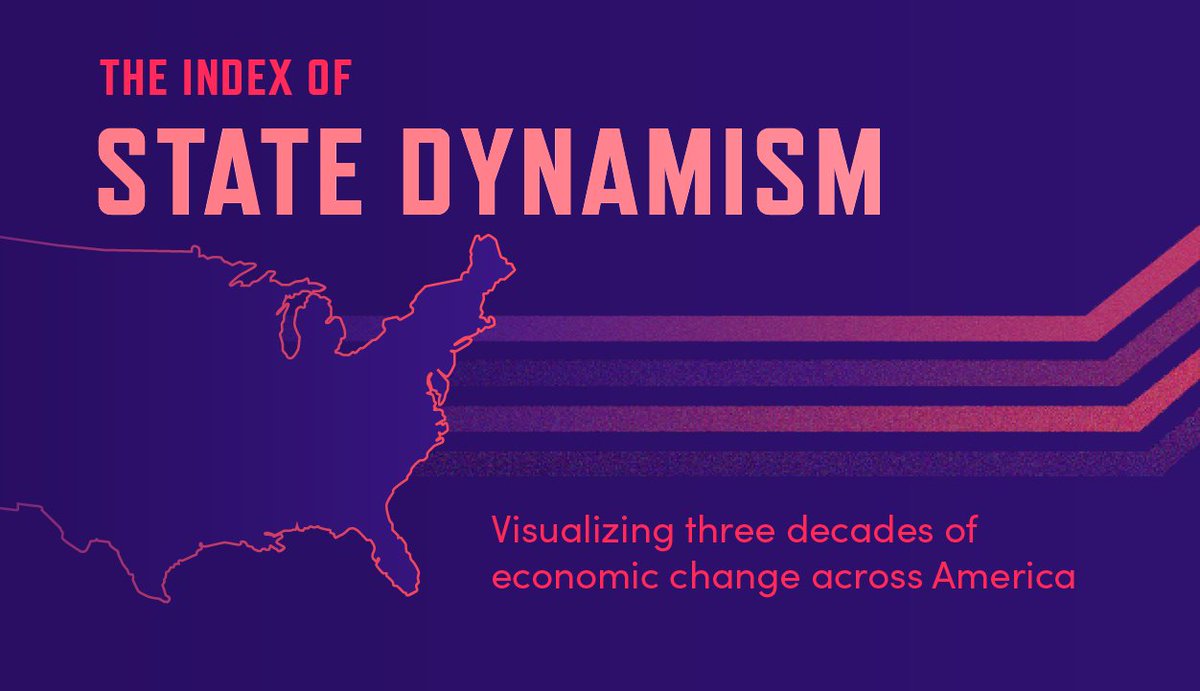
Economic Innovation Group
@InnovateEconomy
An ideas lab and advocacy organization working to forge a more dynamic U.S. economy.
👏EIG applauds Congress for making Opportunity Zones (OZ) a permanent feature of the U.S. tax code as part of the reconciliation bill. Read our statement here: eig.org/eig-hails-pass…

EIG’s @kenanfikri reflects on a milestone moment: Opportunity Zones are now a permanent fixture of the U.S. tax code. Read his post here: linkedin.com/posts/kenan-fi…

Is AI to blame for recent college grads’ tough luck with the job market? @ngoldschlag isn’t entirely convinced. Learn more: bloomberg.com/news/articles/…

With updated data for 2025, check out EIG’s refreshed Index of State Dynamism and see how your state is doing. eig.org/state-dynamism/

A @RANDCorporation analysis finds the Retirement Savings for Americans Act — recently reintroduced in the 119th Congress — could pay for itself within 20 years by reducing reliance on other social programs. Learn more: rand.org/pubs/working_p…
In the second half of the essay they estimate the effects of the RSAA, the bipartisan bill reintroduced this year that would extend retirement access to workers who lack an employer-sponsored option. Check it out! [4/4] eig.org/wp-content/upl…
More specifically, lower-income workers have worse access to stocks because of fewer retirement-savings options and worse access to housing markets because they struggle to get mortgages approved. [3/4]
They ask which matters more: the extensive margin (differences in participation by decile in asset markets like stocks and housing) or the intensive margin (differences in amount invested by income decile in these assets). The answer was clear — participation matters more. [2/4]
Wealth-to-income ratios unsurprisingly rise with higher incomes (high-earning workers accumulate more wealth *per dollar of income*). In our new guest essay for The American Worker Project, economists @PavelBrendler and @kuhnmo look at which factor accounts for the trend. [1/4]
The post-pandemic trend of families with young kids leaving big urban counties appears to have ended, but those families that did leave have not returned. Read more from @cojobrien’s latest Agglomerations piece. agglomerations.substack.com/p/young-famili…
Is AI to blame for recent college grads’ tough luck with the job market? @ngoldschlag isn’t entirely convinced. Learn more: bloomberg.com/news/articles/…

High-skilled immigration yields abundant economic benefits for the United States and costs the government nothing. Actually, less than nothing — high-skilled immigration *makes* money for U.S. taxpayers. How much money? Find out in this excerpt from EIG’s Exceptional by Design…
As new college grads struggle to find jobs, especially in the tech world, EIG’s @ngoldschlag explains why AI isn’t necessarily the main culprit. Read more here: bloomberg.com/news/articles/…

Back in February, @BPC_Bipartisan’s @BPC_TBrown sat down with @ModeledBehavior and @cojobrien to discuss all things high-skilled immigration: economic benefits, myths that need busting, and more. Check it out! 🎙️ bipartisanpolicy.org/podcast-episod…

Millions of hardworking Americans are being left behind by the current retirement system. Fortunately, a bipartisan group of lawmakers is working to tackle America’s retirement challenge head-on. See the latest video from EIG: inclusivewealth.eig.org/#rethinking-re…
